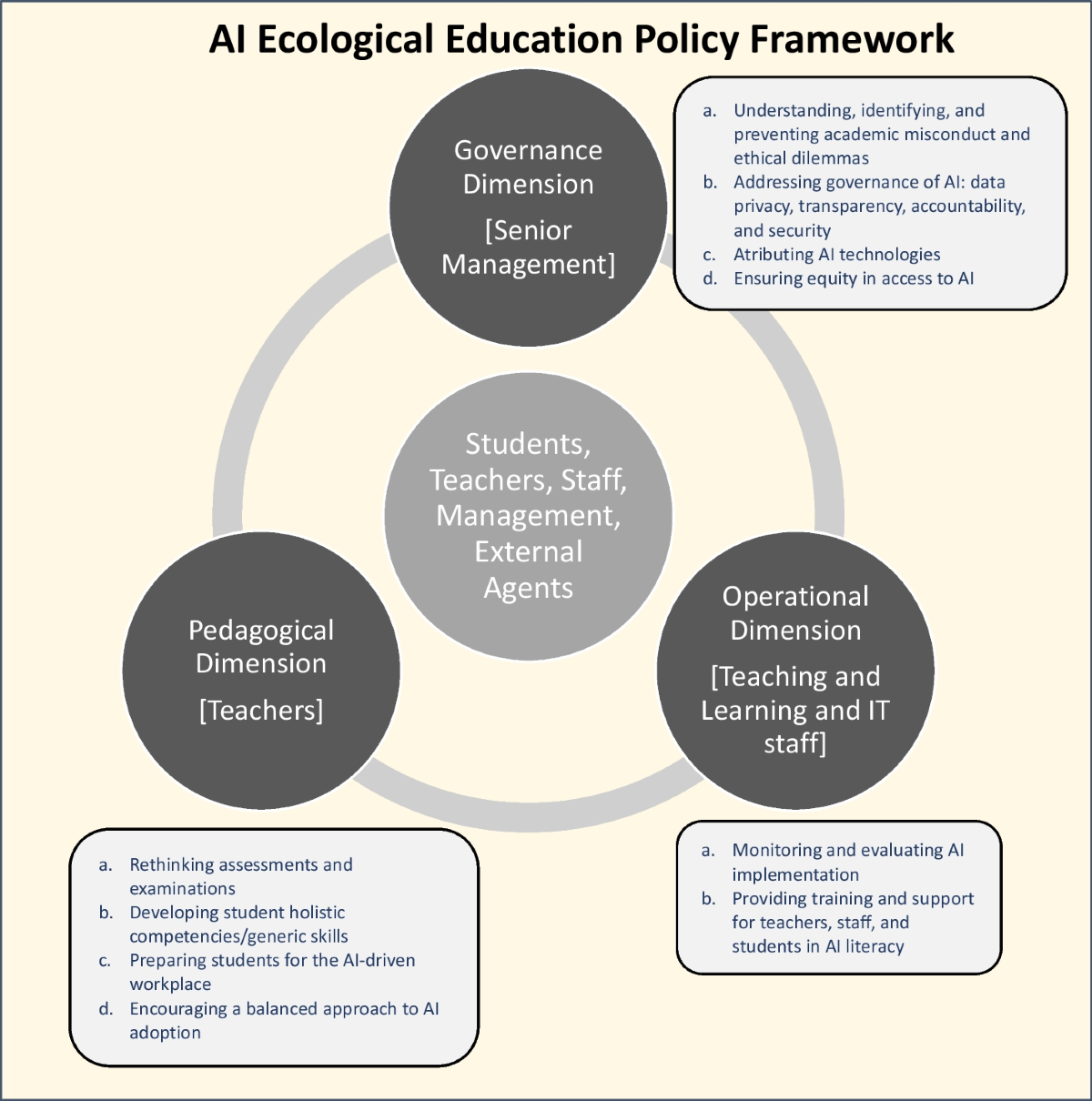ChatGPT and other AI tools are changing the teaching profession - Here's How
For her 6th grade honors class, math teacher Ana Sepúlveda wanted to make geometry fun. She figured her students “who live and breathe soccer” would be interested to learn how mathematical concepts apply to the sport. She asked ChatGPT for help.
Within seconds, the chatbot delivered a five-page lesson plan, even offering a theme: “Geometry is everywhere in soccer — on the field, in the ball, and even in the design of stadiums!” It explained the place of shapes and angles on a soccer field and suggested classroom conversation starters. Using AI has been a game changer for me,” said Sepúlveda, who teaches at a dual language school in Dallas and has ChatGPT translate everything into Spanish.

AI Tools in Education
Across the country, artificial intelligence tools are changing the teaching profession as educators use them to help write quizzes and worksheets, design lessons, assist with grading, and reduce paperwork. By freeing up their time, many say the technology has made them better at their jobs.

A poll released by Gallup and the Walton Family Foundation found that 6 in 10 U.S. teachers working in K-12 public schools used AI tools for their work over the past school year, with heavier use among high school educators and early-career teachers. Respondents who use AI tools weekly estimate they save them about six hours a week, suggesting the technology could help alleviate teacher burnout.
Challenges and Considerations
As schools navigate concerns over student abuse of the technology, some are introducing guidelines and training for educators so teachers are aware of avoiding shortcuts that shortchange students. About two dozen states have state-level AI guidance for schools, but the extent to which it is applied by schools and teachers is uneven.
If teachers are using chatbots for grading, they should be aware that the tools are good for “low-level” grading like multiple choice tests but less effective when nuance is required. There should be a way for students to alert teachers if the grading is too harsh or inconsistent, and the final grading decision needs to remain with the educator.
Impact on Teaching
About 8 in 10 teachers who use AI tools say it saves them time on work tasks like making worksheets, assessments, quizzes, or on administrative work. And about 6 in 10 teachers who use AI tools said they are improving the quality of their work when it comes to modifying student materials or giving student feedback.

AI has transformed how teachers like Mary McCarthy, a high school social studies teacher, approach their work. McCarthy mentioned that the training she received from her school district on AI tools has helped her model proper use for her students.
Adoption and Integration of AI
Views on the role of artificial intelligence in education have shifted dramatically since ChatGPT launched in late 2022. Schools around the country have sought ways to incorporate it into classrooms. Clues that assignments are written by AI tools include an absence of grammatical errors and complex phrases in writing.

In suburban Chicago, middle school art teacher Lindsay Johnson takes precautions when using AI programs, ensuring they are vetted by her school and deemed safe to use with minors. To ensure students feel confident in their skills, she brings the technology in only for later stages of projects. Johnson mentioned, “As an art teacher, my goal is to let them know the different tools that are out there and to teach them how those tools work.”
Some students weren’t interested in the AI help, showing that there is still a balance to strike between traditional teaching methods and AI integration in the classroom.
The Associated Press’ education coverage receives financial support from multiple private foundations. AP is solely responsible for all content.
Find AP’s standards for working with philanthropies and a list of supporters and funded coverage areas at AP.org.




















